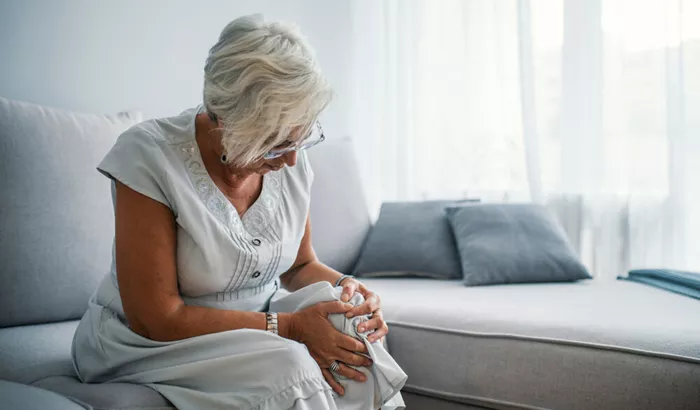Osteoarthritis, a common joint condition, disproportionately affects women, yet it remains underrecognized as a significant women’s health issue. Experts at UPMC emphasize that joint pain does not have to be an inevitable part of aging, and effective treatments are available.
Donna Viera, a grandmother from Lancaster County, struggled with knee pain for seven years. Initially managing her discomfort with injections, she eventually required knee replacement surgery. “I was very excited to get it done because my knee hurt that bad,” Viera recalled. “I wasn’t sure it wasn’t going to give out when I walked. The pain was sharp and constant.”
Dr. Eric Kutz, an orthopedic surgeon at UPMC who performed Viera’s surgery, notes that many patients delay seeking treatment for months or even years. “They have trouble walking, playing with grandkids, or doing everyday activities,” he said. “But we can help.”
Understanding Osteoarthritis in Women
Osteoarthritis results from the gradual wearing away of cartilage, exposing the underlying bone and causing pain. It commonly affects older adults due to wear and tear but can also impact younger individuals with sports injuries. Women are more susceptible, potentially due to hormonal changes during menstrual cycles and menopause, differences in musculoskeletal structure, and higher rates of obesity, which contributes to joint stress and inflammation.
Symptoms to Watch For
Key symptoms include joint pain, swelling, stiffness, and mechanical issues like buckling or grinding. These symptoms often worsen with age and can significantly impair quality of life.
Treatment Options: From Conservative Care to Surgery
Initial treatments focus on non-surgical approaches such as braces, anti-inflammatory medications, physical therapy, and injections. Surgery, including joint replacement, is considered when pain and mobility issues interfere with daily living.
Joint replacement surgeries today typically involve short hospital stays—often just one or two days—and rapid recovery protocols. Physical therapy usually begins the day after surgery, with patients gradually regaining mobility using assistive devices before walking independently. While skin incisions heal in weeks, full joint recovery may take up to a year.
Encouraging Women to Seek Help Early
Many delay surgery due to concerns about pain or time off work, but doctors encourage open discussions about these fears. Proper pain management and lifestyle adjustments can support a smoother recovery.
Donna Viera’s experience underscores the benefits of timely intervention. “I can walk, climb stairs without pain, and enjoy activities again,” she said. “I feel normal.”


